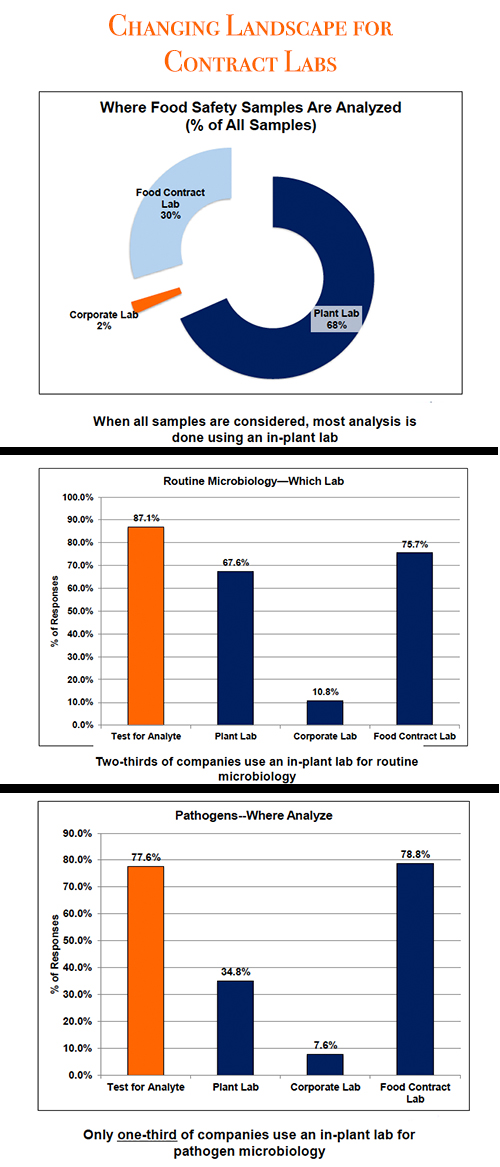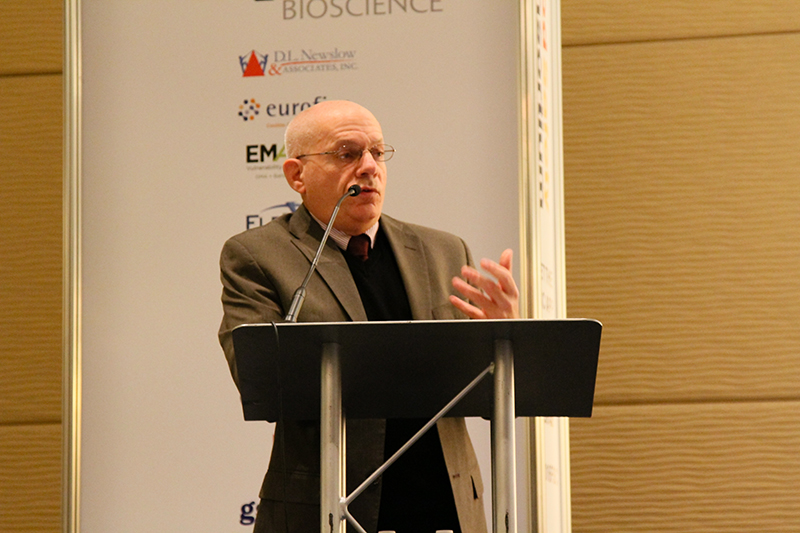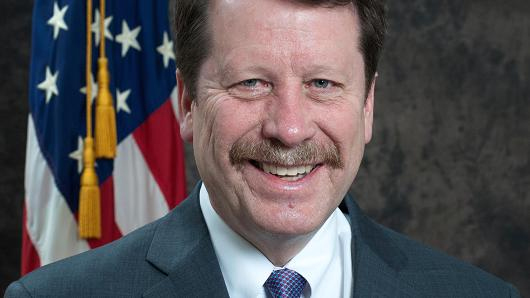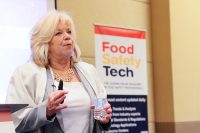Now that the first of the FSMA compliance dates have passed, let’s look back at the past year of training new PCQIs, their questions and concerns from classes as well as the perspective from our FDA friends (yes, really!) who attended our workshops. We have learned so much, it is hard to narrow it down to only five things—but if we look at the issues that arose, the following five proved to be recurring themes throughout 2016.
5. Don’t Scrap Your Current Plan
Many clients have approached us and said they were planning to throw their current food safety and/or HACCP plan in the trash and start from scratch. Please don’t do this! Companies that care about quality and food safety already have effective quality management systems in place. It would be a disservice to the company and the general public for all these time-tested plans to go straight into the bin. It is more realistic to take a look at the current system in light of the new regulation and ask yourself if there are any gaps that can be addressed. This brings us to the next point.
4. Education Is Key
A compliant system cannot be developed without an understanding of the requirements. Although FSMA is derived from the basic principles of HACCP, there are key differences, and not all of them in the direction of less regulation. It is important to understand not only the updated Good Manufacturing Practices and Preventive Controls for both Human and Animal food, but also the Foreign Supplier Verification Program, Sanitary Transportation and the Produce Rule (if they apply). Although the FDA-recognized curriculum for some of these companion regulations have not yet been released, some independent training providers are offering workshops to help fill the gap while the FDA and FSPCA are working on the official curriculum. (Comment on this article for more information via email).
3. “You Must Evaluate If You Need It” Is Not the Same as “You Don’t Need It”
Some training providers have told their attendees that they can scrap many of their current systems because FSMA is less stringent than GFSI-approved schemes. Your certification body for FSSC 22000, SQF or BRC does not care one whit how stringent FSMA is (as long as you are compliant with its requirements, as local regulatory compliance is a key factor in GFSI approval). FSMA will not change expectations related to the GFSI-approved food safety schemes. It is also misleading to think that because FSMA is flexible, FDA regulators will not have expectations of excellence when they arrive at food processing facilities. This law gives regulators the power to take legal actions to address many infractions they have seen over the years but have been powerless to stop; the flexibility may well be a double-edged sword in that regard. Ensure that all decisions are based on data and records exist to validate any claims.

























